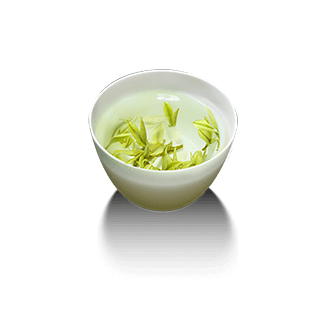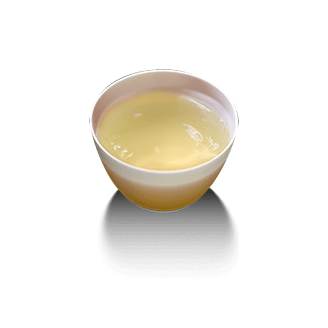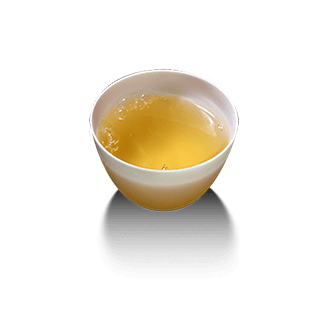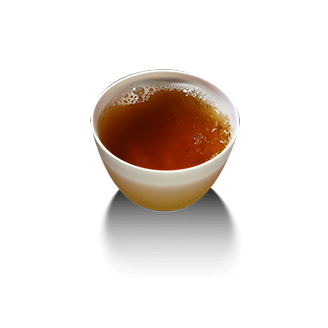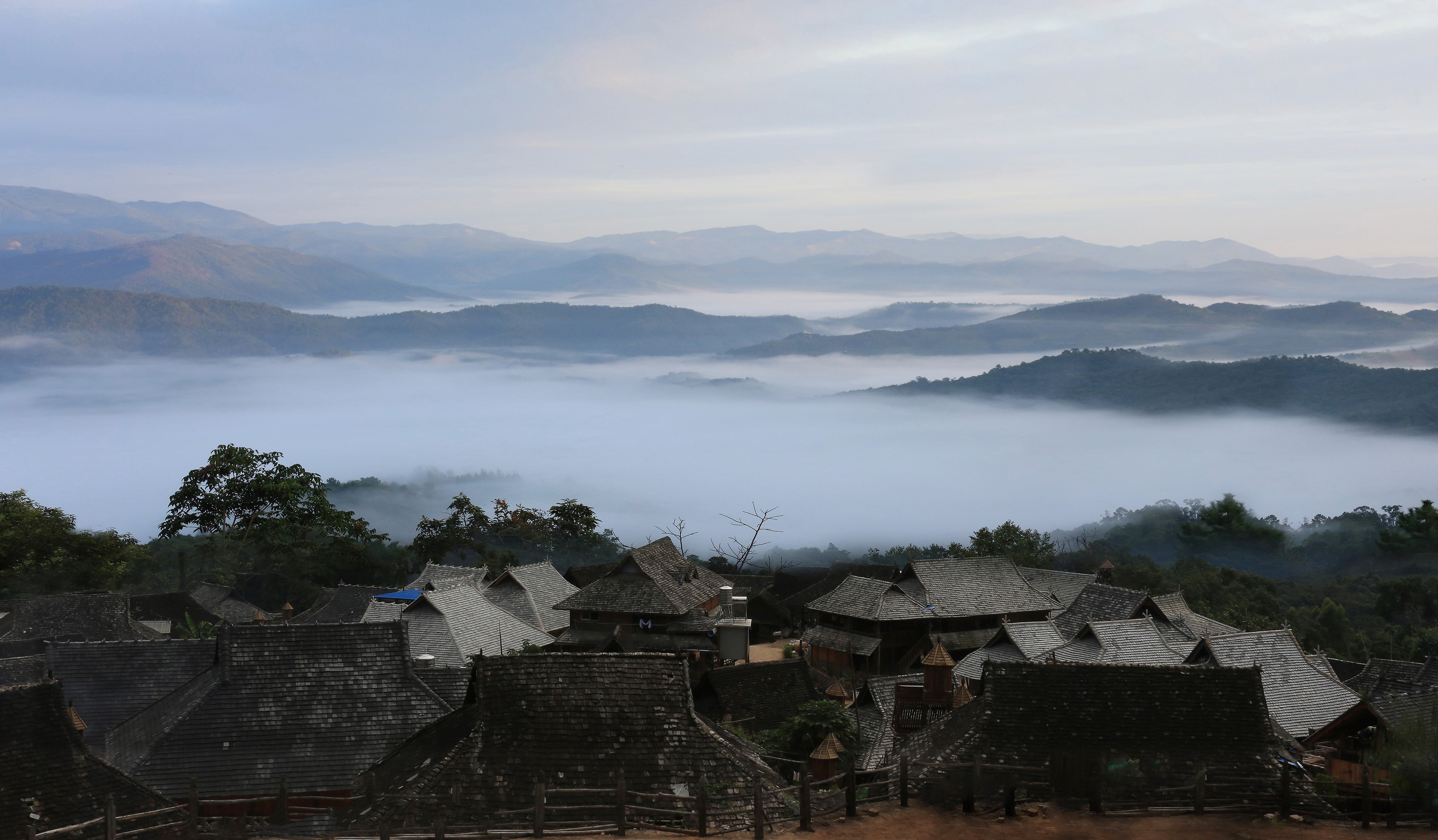
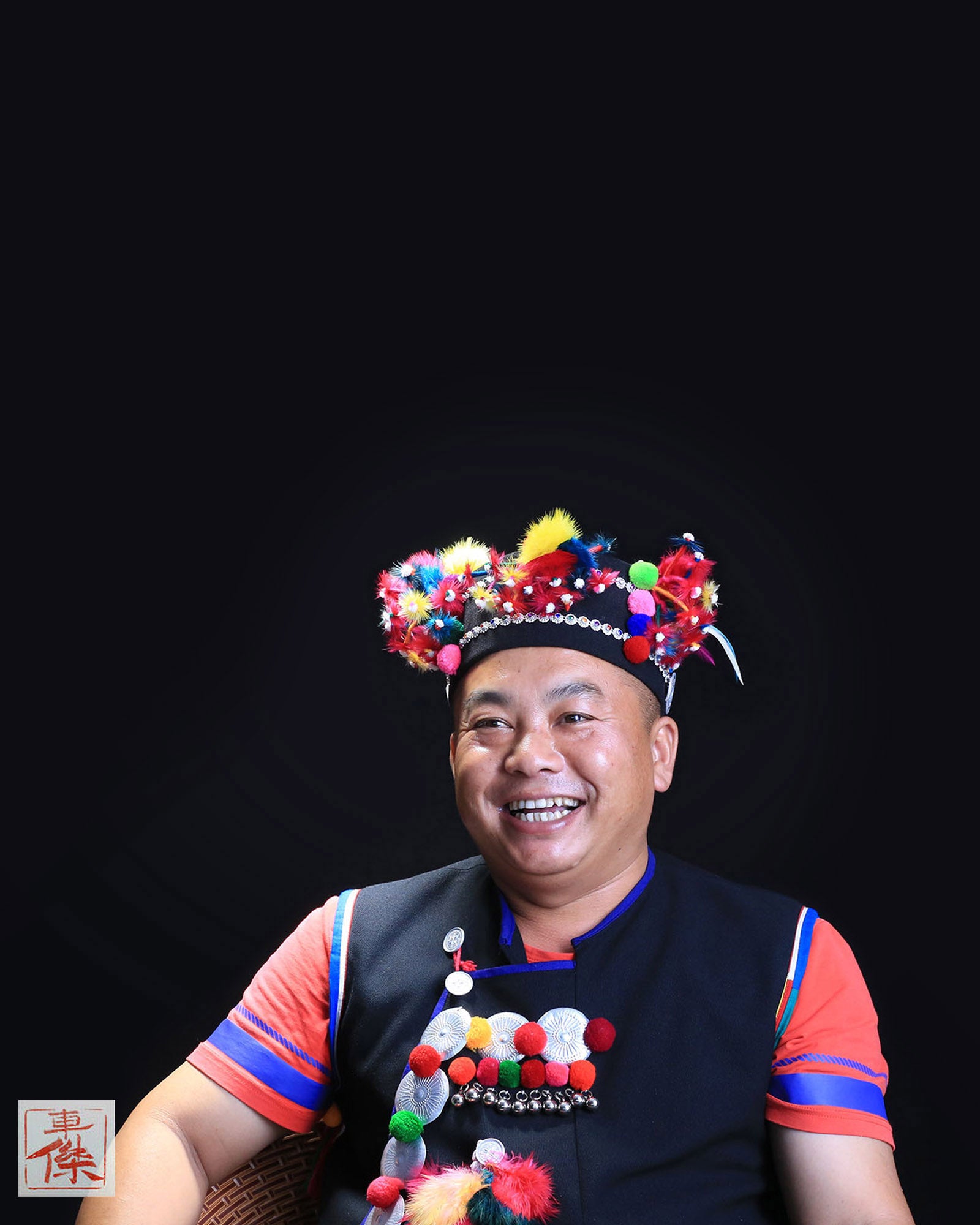


Soul of Tea
Thousand-Year-Old Ancient Tree Single-Plant





Soul of Tea
Thousand-Year-Old Ancient Tree Single-Plant
Soul of Tea
Thousand-Year-Old Ancient Tree Single-Plant
The Tea King's Covenant · The Blang's Entrustment

"Pu'er" was originally called "Puer".
The Pu people refer to the Blang people — an ancient ethnic group living in tropical primeval forests.
The Blang people believe that after generations of their tribal chiefs ascend to heaven, their souls will guard this thousand-year-old ancient tea plantation.
The tree that their souls attach to is called the "tea soul tree".
November 2016, we flew for five hours and returned to Yunnan—this paradise on earth with clear skies and blue waters. The Tea King came to the airport to greet us.
Stepping onto this land, permeated for a thousand years by the fragrance of Pu'er tea, we saw clouds billowing beneath our feet. The road leading to Banpo Village on Nanuo Mountain was strewn with flower petals. The scent of oxygen and earth wafted towards us, marking the beginning of our journey to adopt ancient tea trees.
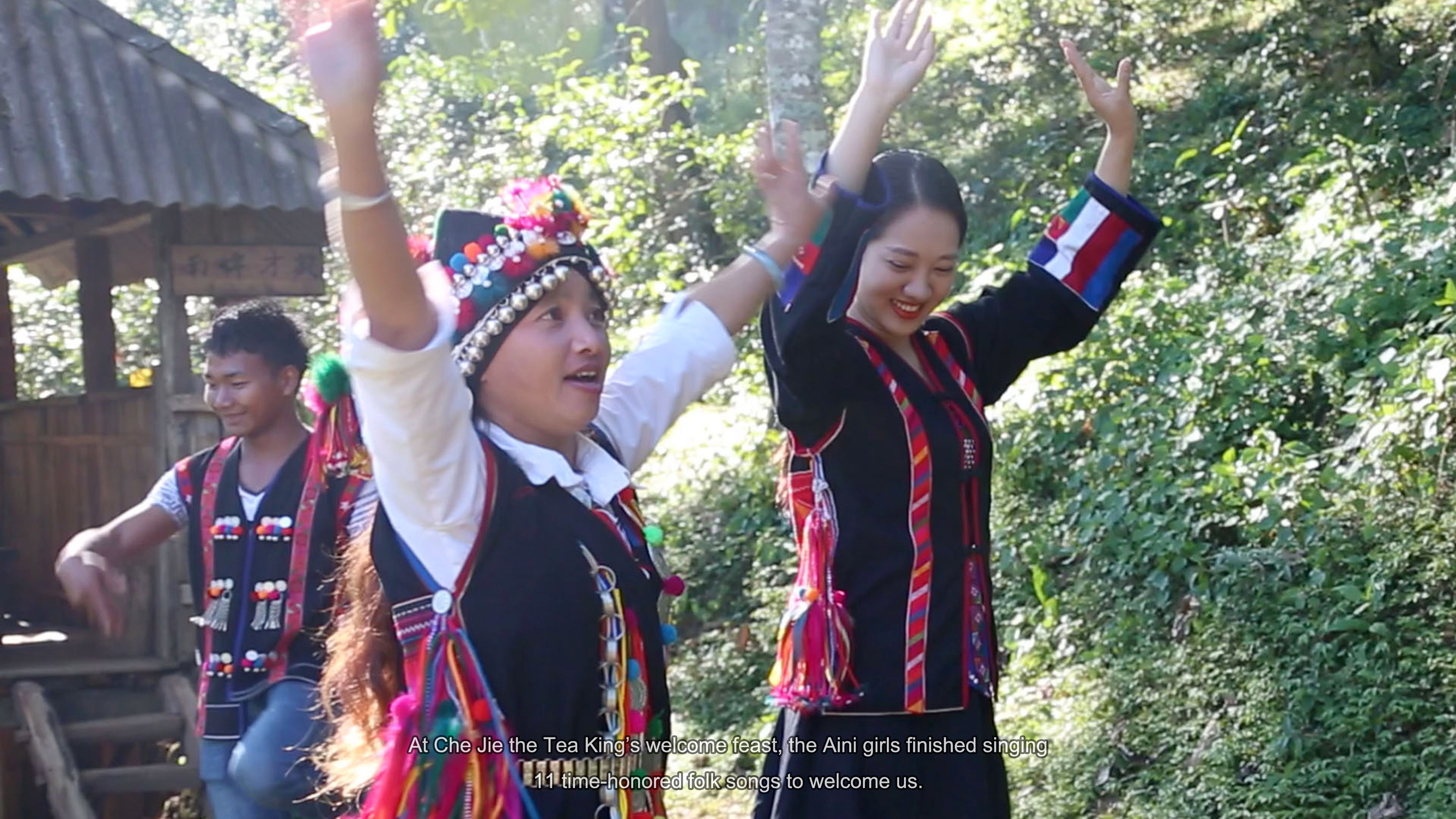
Che Jie’s welcome feast featured Yunnan’s Eight Great Bowls—a honor reserved only for important festivals or the visit of distinguished guests. After the Aini girls finished singing 11 time-honored folk songs, Che Jie’s younger sister, Che Dian, also cooked an ethnic feast with her own hands.
During the feast, she said softly, “My brother is skilled at making tea, but even better at being a person. That daughter with a slight disability was adopted by him.”

Early the next morning, on the balcony of the Tea King's house at an altitude of 1,700 meters, clouds billowed beneath our feet. Che Jie led us into the depths of the mountains, telling stories of the past here: 3,000 years ago, the Blang people migrated here, leaving the roots of ancient tea trees; the regret of felling ancient trees for the sake of yield after liberation has now turned into a commitment to protection—"no picking of summer tea."

Upon arriving at the thousand-year-old, ten-thousand-mu ancient tea plantation on Jingmai Mountain, Su Guowen—son of the 80-year-old Blang tribal chief—had long been waiting. His wife cooked meals personally to receive us.
Mr. Su Guowen said, “Yunnan is the origin of tea in the world. ‘Pu'er’ was originally called ‘Puer’, deriving its name from the Blang people—known as the ‘Pu people’ in ancient times.” He then took us to learn about the tea doctors of Pu'er tea.
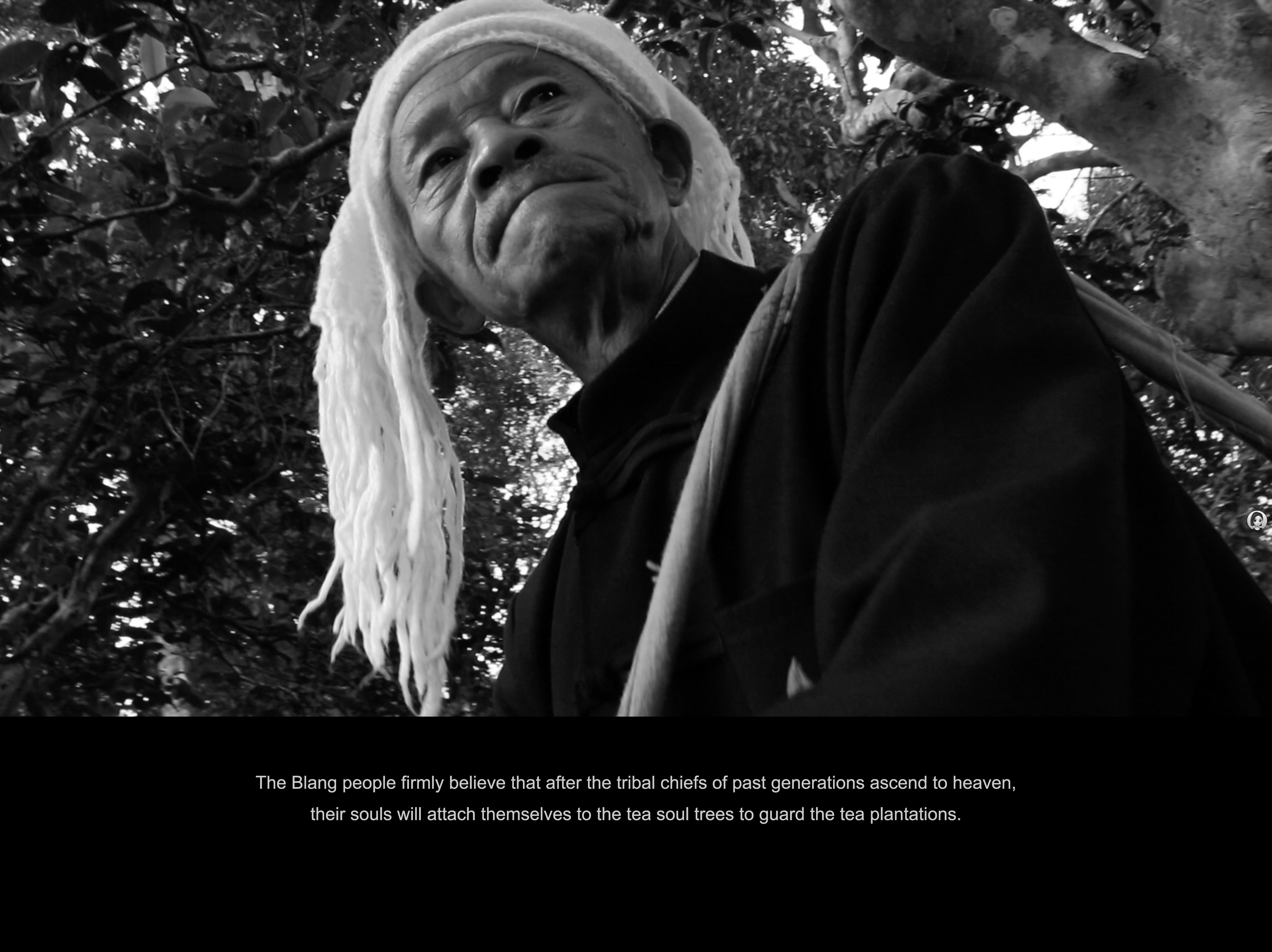
The Blang people do not celebrate the Spring Festival; their grandest festival is theDoor-Opening Festival. Their ancestral teachings have been passed down from generation to generation: "Keeping cattle and horses may invite disasters; keeping gold and silver will eventually be used up. Only tea trees can provide for descendants endlessly—protect them like you protect your own eyes."

The core ceremony of the adoption began under the tea soul tree — the Blang people firmly believe that after the tribal chiefs of past generations ascend to heaven, their souls will attach themselves to the tea soul tree to guard the tea plantations.
Su Guowen led the tribespeople to light candles, and the

The Blang people sang and danced, while Che Jie, the Pu'er Tea King far away in Nanuo Mountain, also wrapped red strings with name tags around the tips of ancient tea trees. This was his first time holding a sacrificial ceremony for the adoption. Traditional rituals witnessed the connection between humans and nature.
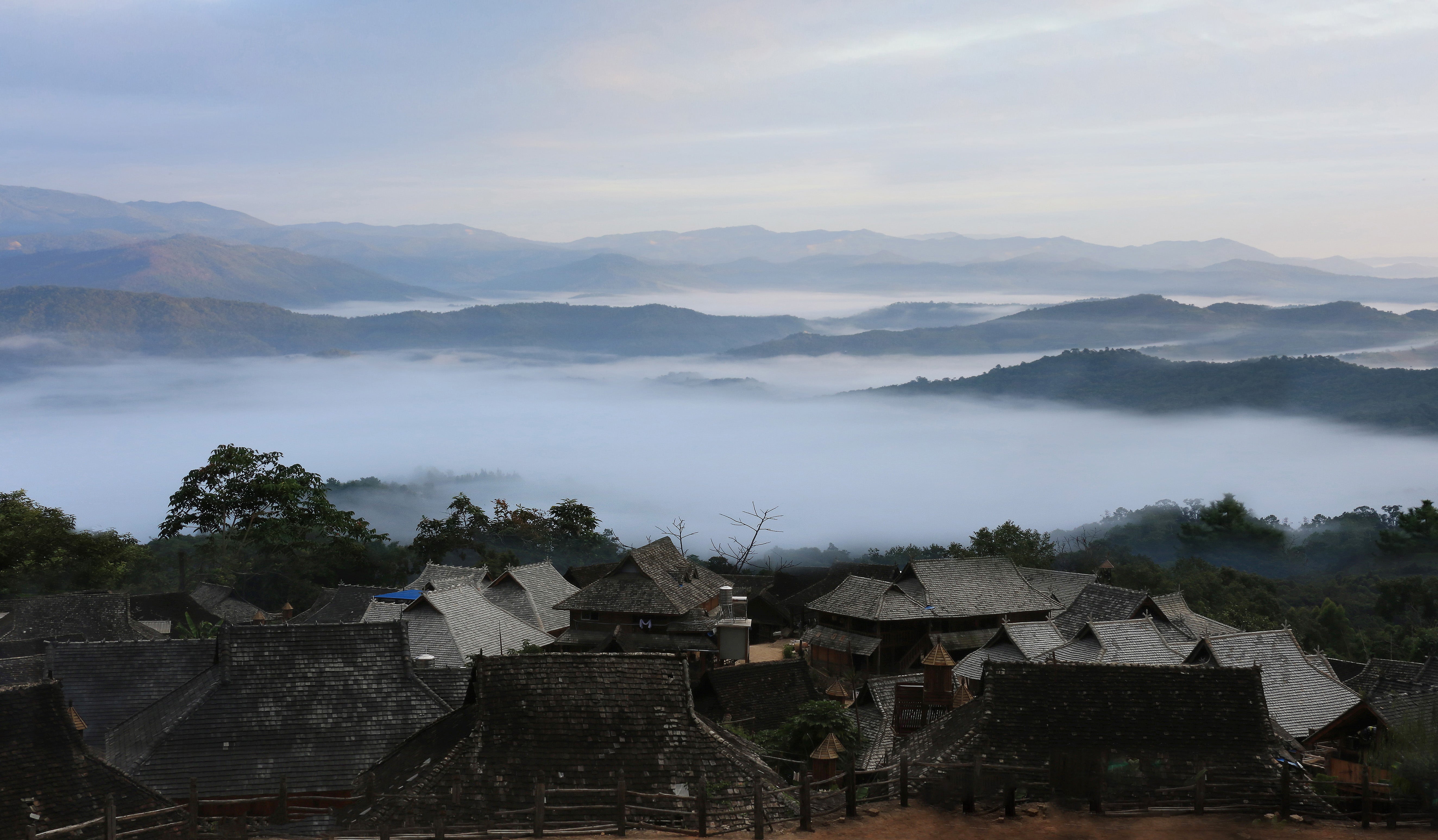
We not only gained rare tea products, but also took over the entrustment of the Blang people and became contemporary guardians of the thousand-year-old tea heritage.
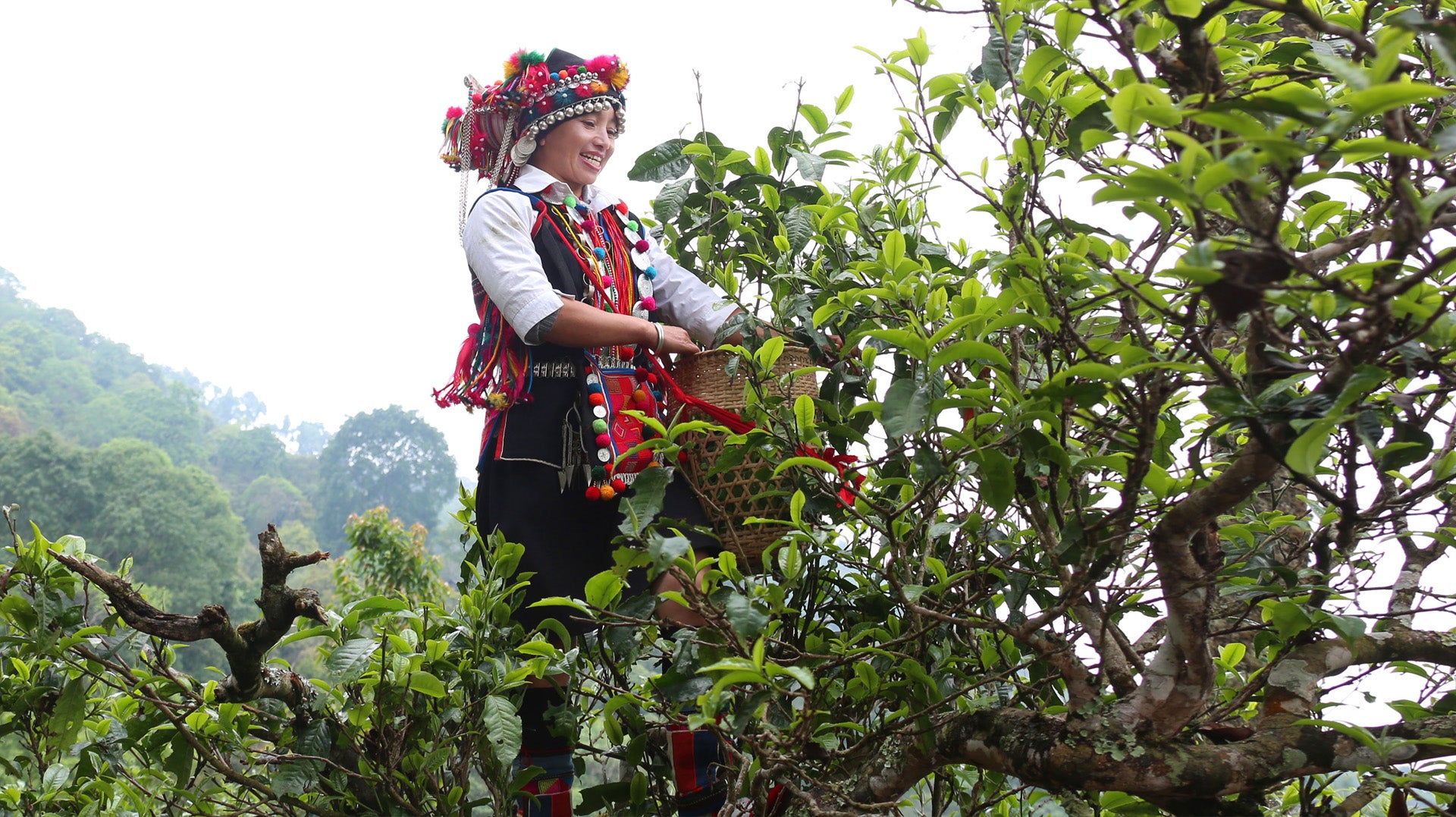
Tea from each thousand-year-old ancient tea tree is personally picked by Che Jie's younger sister, Che Dian.
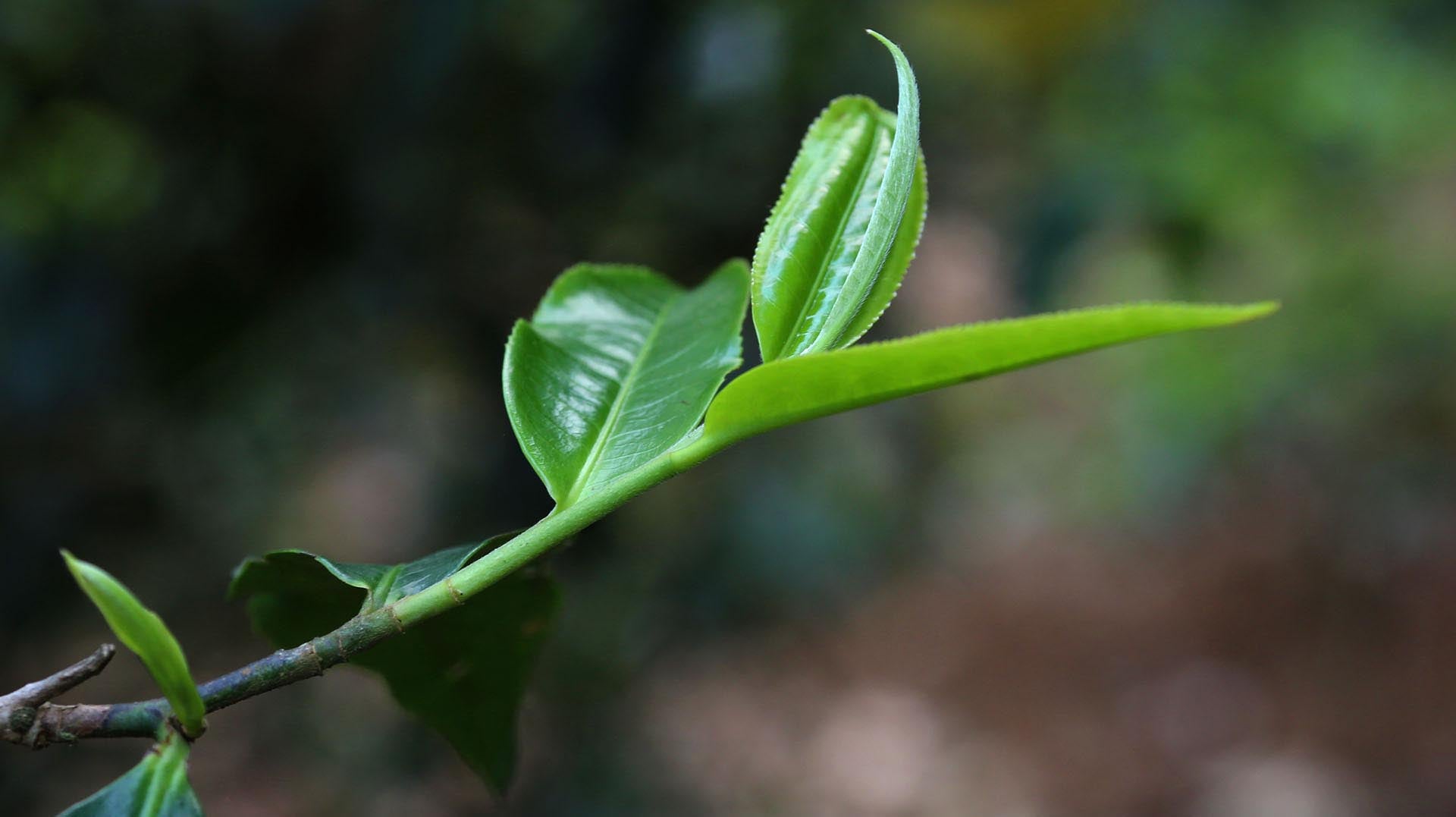
The picking standard for single plants is one bud with two leaves.
Che Jie the Tea King, Personally Made
2018 Nanuo Mountain Thousand-Year-Old Ancient Single Tea Plant
Appreciation
Year:2017/2018
Grade:Top-grade ancient tree tea from famous mountains
Maker:Handcrafted by Tea Master Che Jie
Origin:Ancient tea trees in Che Jie's family, Banpo Old Village, Nanuo Mountain, Yunnan
Variety:A sexual population formed through long-term natural evolution of the Menghai large-leaf variety, without artificial selection, retaining rich genetic diversity.
Craftsmanship:Traditional manual sun-drying process, integrating the millennium-old tea-making wisdom of the Hani people and the unique secret techniques of Tea Master Che Jie.
Dry tea appearance:One bud with two leaves, plump, vibrant, and with a distinct texture.
Tea liquor colo:Amber with a golden rim on the edge; the surface is glossy and contains tea down.
Aroma:During tasting in 2025, the aroma is mainly dominated by aged fragrance, accompanied by woody and honey notes.
Quality Tasting:

Tea Liquor Color: Amber with a golden rim, glossy surface and containing fine tea down.
Note: The appreciation video was filmed in 2021
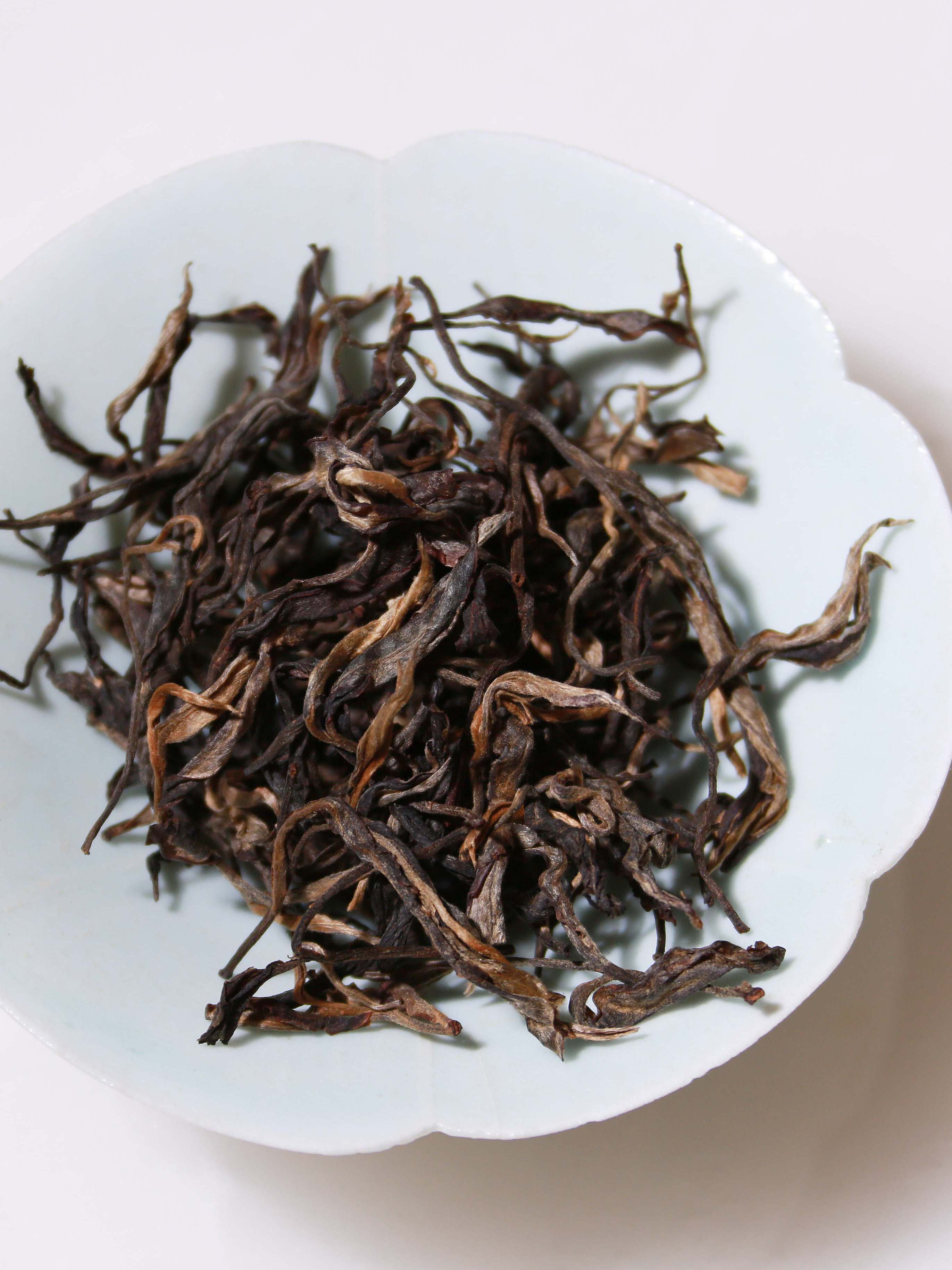
Tea leaves: Highly recognizable in appearance—plump, vibrant, and with a distinct sense of structure.
The soul of tea carries ancient natural beliefs
The craftsmanship of the Tea King (trees) inherits a millennium of craftsmanship
Puer single-bush tea
holds the true flavor of each mountain and each tree
The soul of tea carries ancient natural beliefs
The craftsmanship of the Tea King (trees) inherits a millennium of craftsmanship
Puer single-bush tea holds the true flavor of each mountain and each tree
Preparation of Utensils
Main brewing vessels:Purple clay teapots with good air permeability (suitable for aged tea or teas needing aroma concentration) or open-mouthed covered bowls (easy to observe tea color).
Fair cup:Glass is preferred for easy observation of tea color.
Tasting cups:Small porcelain or pottery cups, good for aroma retention.
Auxiliary tools:Tea needle (for breaking compressed tea), tea scoop, tea cloth, etc.
Tea Leaves and Water
Tea leaves:Tea leaves: Loose tea can be used directly. Compressed tea (cakes, bricks, tuocha) needs to be pried loose in advance and "awakened" for 1-3 months (in a ventilated, light-proof, and odor-free environment).
Water:Qualified purified water is sufficient; never use alkaline mineral water.
(Commercially available mineral waters and mountain spring waters vary in water quality due to different sources; so-called "high-quality mineral water" will likely cause loss of functional components in tea and inhibit its aroma.)
Tea dosage:Use 5-8g of tea for a 100-150ml container (tea-to-water ratio of approximately 1:20; adjust strength to personal taste).
Steps
Warm and clean the utensils
Rinse all utensils with boiling water to raise their temperature, helping to release the tea's aroma.
Formal brewing
This tea does not require rinsing —
the first infusion is the essence, full of the delicate fragrance of tea down and the sweetness of amino acids. (Only aged Pu'er tea over 15 years old, such as tuocha and brick tea, needs rinsing.)
Infusions 1-3: Pour boiling water from a height
(When pouring, slightly lift the kettle to let the water flow hit the tea leaves and release the tea's aroma). The infusion time is 5-10 seconds; drain the tea soup quickly to avoid excessive leaching of bitter and astringent substances. (For new tea with obvious bitterness, shorten the time to within 5 seconds; for aged tea, extend it to 10 seconds.)
Infusions 4-7:
Pour water at a medium height (gentle circular flow to keep tea evenly heated); infusion time: 10-15 seconds. Adjust based on taste—if the tea fades, steep for an extra 5 seconds.
After infusion 8:
Pour water at a low height (close to the bottom of the pot/bowl to reduce impact); gradually extend steeping time (add 5-10 seconds each time). Aged tea can be steeped for 1-2 minutes until the flavor fades.
Tasting
After pouring the tea into the fair cup, divide it evenly into tasting cups. Smell the aroma while it's hot (raw Pu'er often has floral, fruity, nectar-like, or wild mountain notes). Sip slowly to feel the bitterness, sweet aftertaste, salivation, and lingering throat sensation.
Tips
1.Time control
A batch of tea should be brewed within 30 minutes. If not finished immediately, store it in a container. When you want to drink again, reheat the brewed tea—suddenly, the room fills with aroma, enchanting you.
Never leave brewed tea in the covered bowl for a long time (e.g., an hour or two) before rebrewing. Oxidation will deepen, weakening the fresh taste and volatilizing aromatic substances, resulting in a bland flavor. Such brewing reduces a rare fine tea to a lackluster experience.
2. Adjust based on age.
Aged tea (over 15 years old): Mellow in taste; this style can be steeped for a long time, brewed slowly, or even simmered.
By properly controlling water temperature, infusion time, and pouring method, the "richness, intensity, freshness, and briskness" of raw Pu'er or the "mellowness, smoothness, agedness, and fragrance" of aged tea can be fully displayed. It's advisable to adjust flexibly according to the tea's characteristics to find your ideal taste balance.
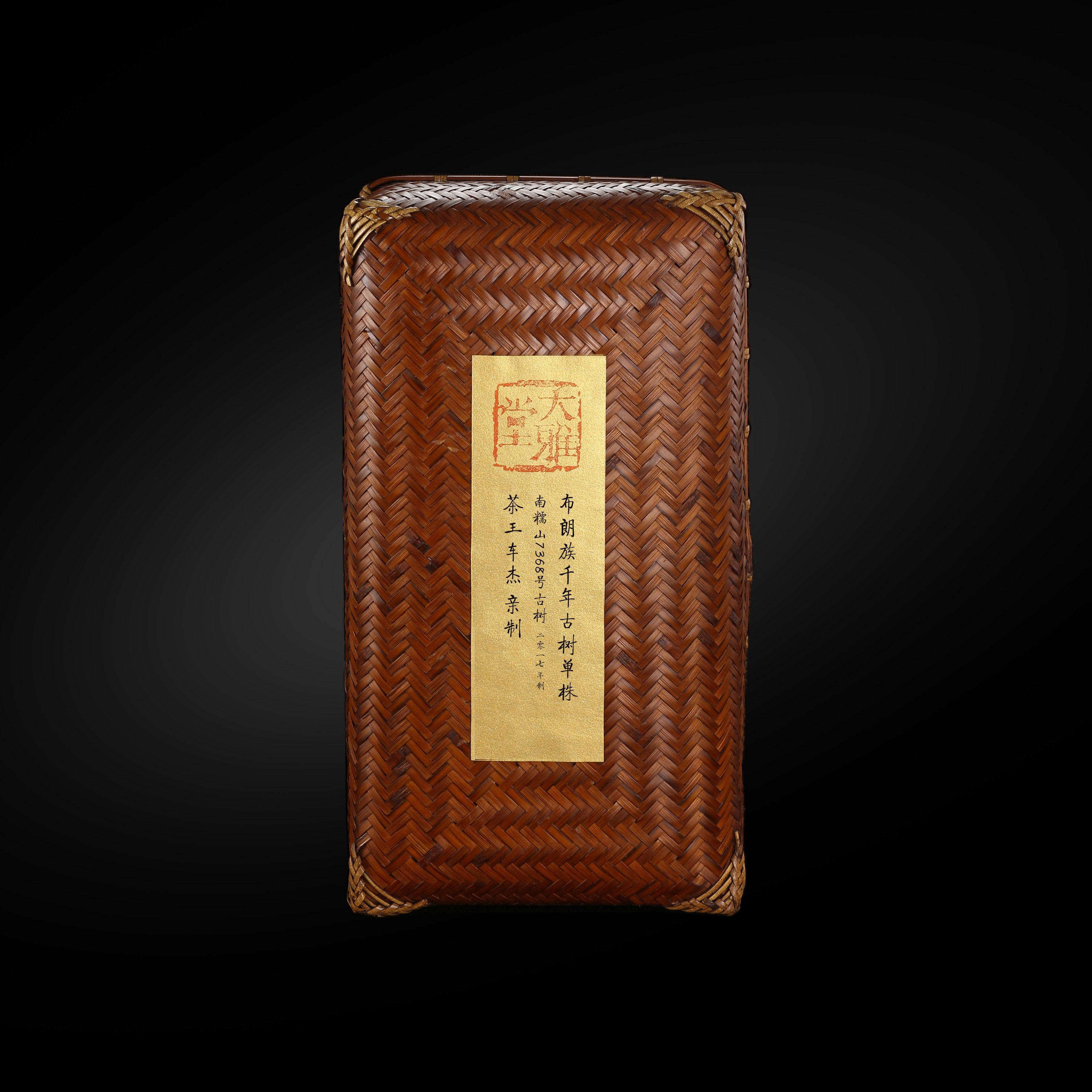
Outer packaging dimensions: Length: 26cm, Width: 14.5cm, Height: 8.5cm; Net Tea Weight: 260g
Hand-woven bamboo baskets
Packaging
Hand-woven bamboo baskets
Storage

Store in a clean, odor-free environment
Keep away from light and moisture
Ideal humidity:60%~70% (moisture protection required in southern regions)
Optimal temperature:20~30℃, avoid drastic fluctuations (e.g., direct exposure to heating or air conditioning)
Ventilation and Light Protection
Maintain moderate ventilation (avoid complete sealing) but isolate from odors (e.g., cooking fumes, cosmetics).
Light-proof storage: Ultraviolet rays damage the tea’s internal components; use light-shielding containers or store in dark places.
Cleanliness and Odor-Free
Keep away from odor sources like kitchens and bathrooms to prevent absorbing unwanted smells
Storage Containers
1. Purple clay jars/pottery jars
Good air permeability, suitable for long-term storage; check humidity regularly (use cautiously in southern regions).
Clean with boiling water and dry thoroughly before use to avoid residual moisture.
2. Cartons + bamboo shoot husks/cotton paper
An economical, practical combination: Bamboo shoot husks resist moisture and allow breathability; cartons block light and stack easily.
For cake tea, store whole batches (unopened in bamboo shoot husks) to minimize external interference.
3. Sealed bags (for short-term use)
Suitable only for short-term storage (within 1 year); long-term sealing hinders aging.
Use food-grade aluminum foil bags; squeeze out air and seal after adding tea.
Notes
Refrigeration is incorrect: Low temperatures inhibit fermentation, and refrigerator odors are easily absorbed by tea.
Complete sealing is incorrect: Pu’er requires trace oxygen for transformation; vacuum packaging is unsuitable.
Folk wisdom claims, “New Pu’er is bitter and harsh; seal it for 3 years to ‘cool its heat’” — but this only applies to teas from poor ecological origins.
For Pu’er made from top-grade materials like thousand-year-old ancient trees or Bingdao old village tea, the new tea phase is the start of its flavor peak.
Take such ancient tree spring tea: It boasts rich wild floral aromas, fresh liquor, prominent rock sugar sweetness, and layered depth, fully embodying the essence of primitive ecology. Its charm lies in the unpolished vitality of the new tea phase.
Practice shows that after 5 years of storage, it shifts to a “classic aging trajectory” and loses its uniqueness.
For fine tea, drink it when new — savor its annual transformations.
Allow moderate air exposure in the first 3 years of storage to preserve the new tea’s ecological essence.
5-10 years: The tea’s nature mellowss; woody and aged aromas emerge.
Over 15 years: The liquor turns rich reddish-brown; the taste becomes mellow and full.
The storage philosophy of top-grade ancient tree tea is, at its core, reverence and preservation of primitive ecology.






